Apologies for the long silence on the blog front. Last week I delivered the second draft of my upcoming book on elephants and rhinos in Africa and Asia to my editor at Pan Macmillan and I’m just re-emerging to join the human race. The book will be on shelves in Australia in August. I’ve also been doing the rounds of Asia, including Sri Lanka and Vietnam in the last couple of months. Sri Lanka was a family holiday slash opportunity to find out how this country’s elephants were faring a few years after the end of a very long and bloody civil war.
Sri Lanka has about 6000 elephants, which is a tenth of the Asian elephant population and the largest country population after India. But as you might expect after a thirty year war, Sri Lanka is now on a different kind of war path, the kind that involves a whole lot of rapid development. They sit in a great position in that the development could be sustainable and in line with their strong Buddhist principles that say that all living things should be protected. Unfortunately there are worrying signs that this is not happening, that human-elephant conflict is on the rise as current land use planning does not take into account ancient elephant migration paths.
I was amazed at the natural beauty of Sri Lanka and the warmth of the people. Andy described it as ‘India-Lite’. Solo played with local kids in rusted, metal playgrounds with chipped paint that looked like they hadn’t changed in thirty years – and he had a ball. Although it was the open jeep rides looking for elephants in Hurulu Biosphere Reserve (near Habarana) and Minneriya National Park (the famous park that has ‘the gathering’ of hundreds of elephants in the dry season) that the whole family really loved.
December wasn’t the best time to visit Sri Lanka due to all the rain, but we did see many more elephants than we expected to, and not only in the forests. Check out my video below of two Sri Lankan wild bulls wandering down the street outside a town near Minneriya National Park. We were told they were headed for a rubbish tip at the back of a military compound. I loved the way the cars and trucks simply moved around them as if they were simply a slow moving vehicle.
Elephants in Sri Lanka are part of the national upholstery, symbols of strength and power, featuring heavily in ancient art at temples like the famous Temple of the Tooth in Kandy (pictured below).
Last year, customs in Sri Lanka seized over 300 African tusks (read story here). Worryingly, this was offered by the government to Buddhist temples, in what is clearly a contradiction in ideology since these contraband tusks symbolise the illegal killing of 150 African elephants, not at all in line with Buddhist beliefs. I have recently been informed that these tusks have now been given to a company and may end up on the black market fuelling the demand for illegal ivory. With tens of thousands of elephants being poached in Africa annually, particularly in the last few years since demand in China has soared, this is a real worry. You can help remind the Sri Lankan government how important it is to keep illegal ivory off the streets by supporting this AVAAZ petition for a ceremonial burning. I’ve signed and they only need another 100 signatures to reach their target.
More from me soon on the upcoming CITES meeting in Bangkok and my recent trip to Hanoi, Vietnam, investigating the illegal rhino horn trade with TRAFFIC, the worldwide wildlife trade organisation….
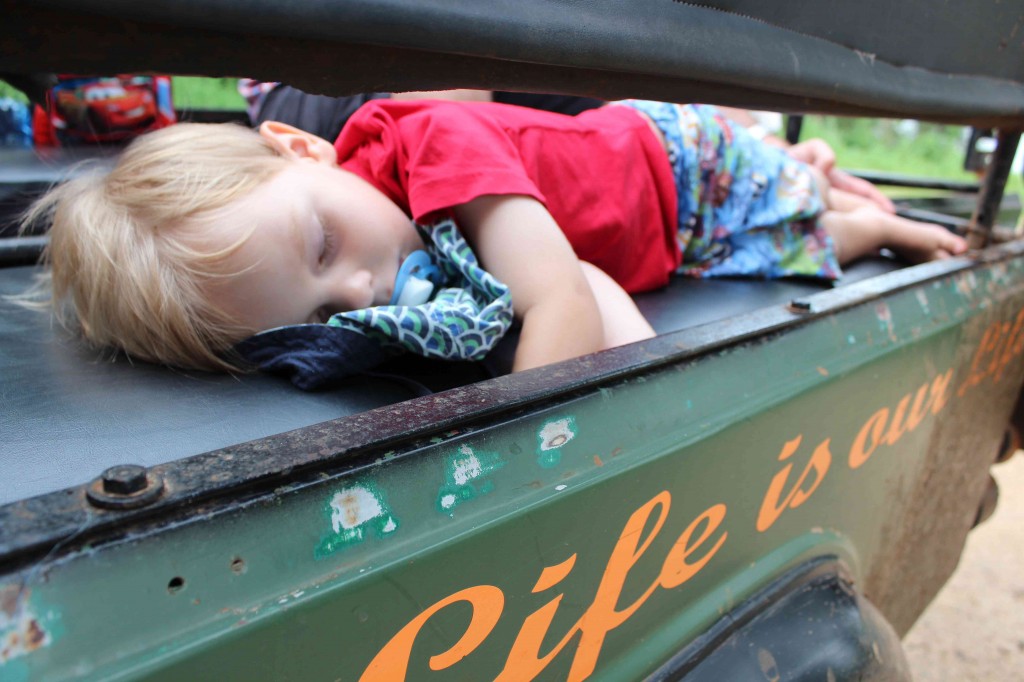
After a hard day of elephant watching, there’s only one answer for a three year old boy… Solo passed out in the jeep.

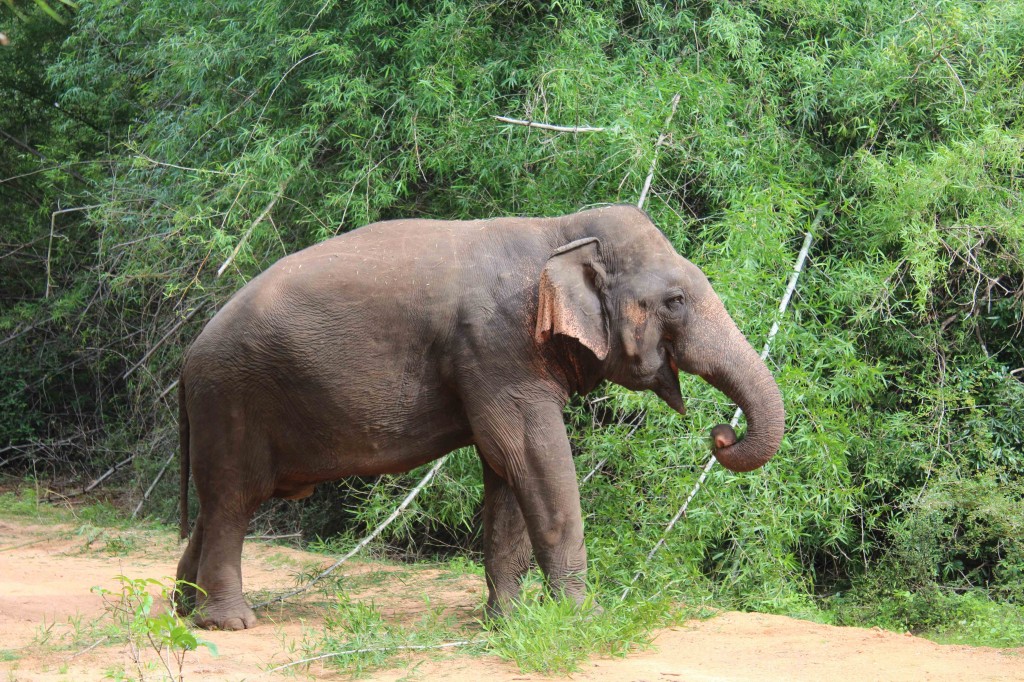
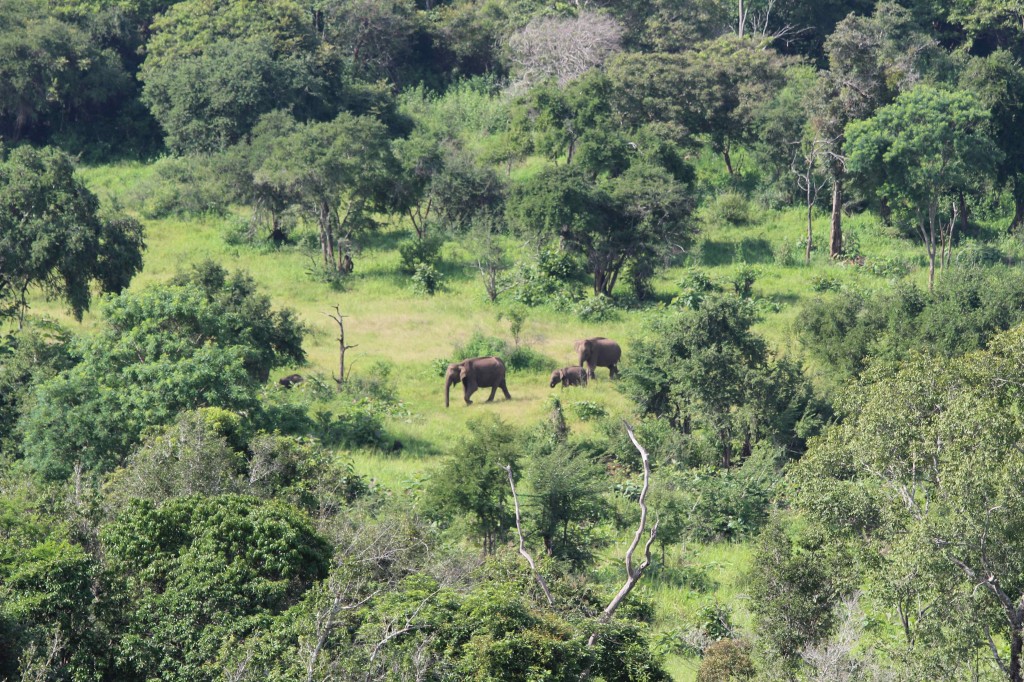
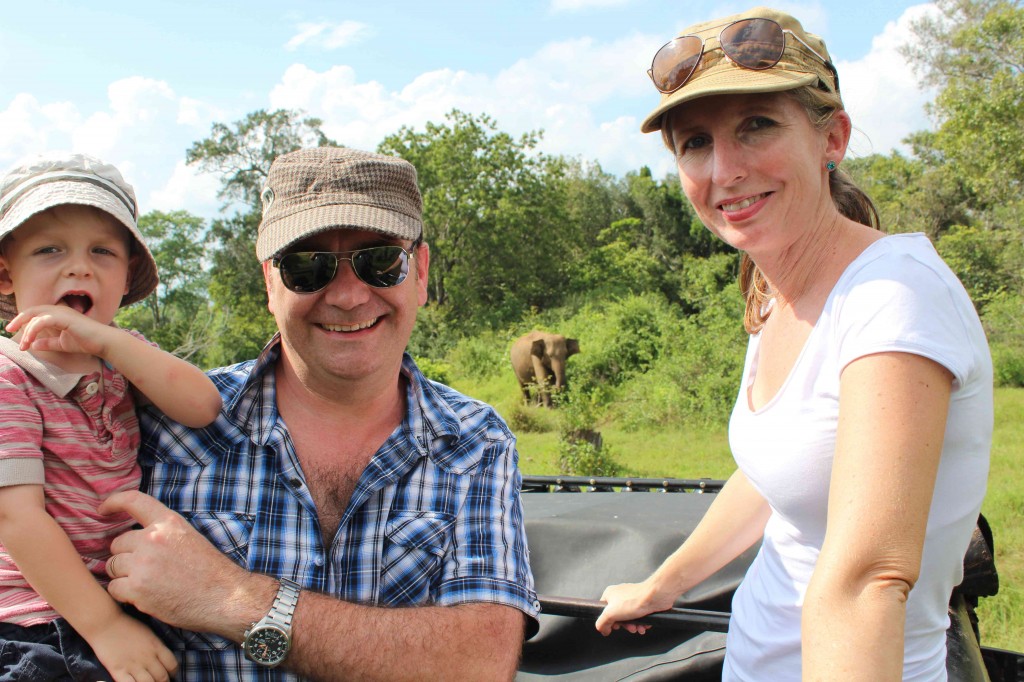
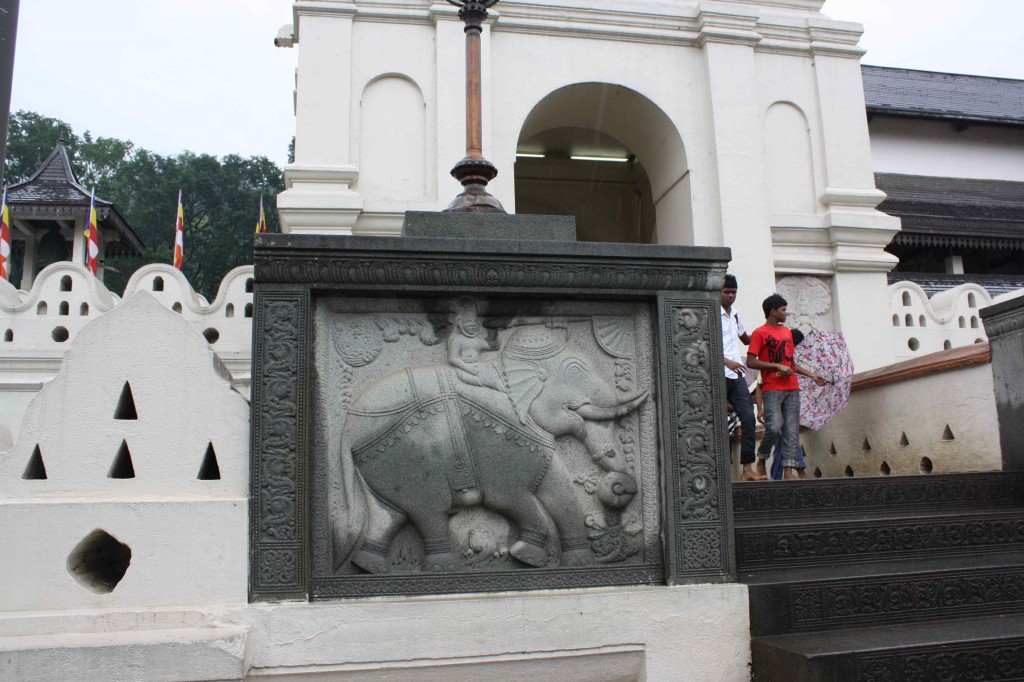
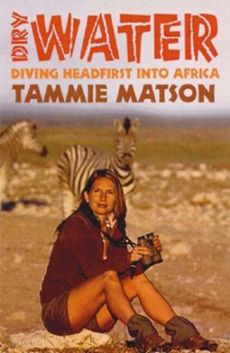

Thanks Arjun. I haven’t heard of him so thanks for the info. Will google!
Hi Tammie, I wonder if you have heard of Vajira Wijegunawardena – a conservationist and photographer specializing on Elephants in their natural habitat. He’s published a book on Sri Lankan Elephants. Its an interesting read. You may want to talk to him about the situation here. Good luck on your new book. Cheers. Arjun.